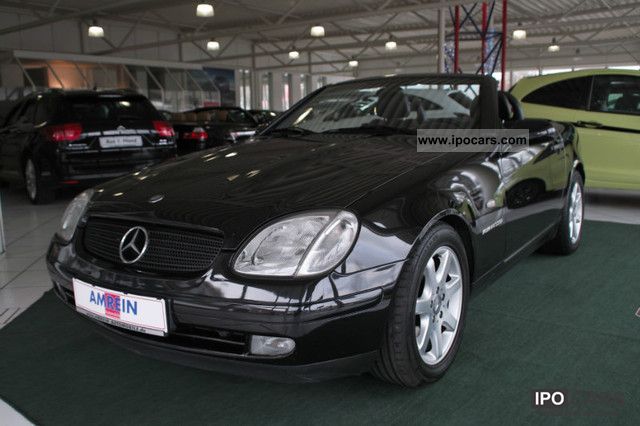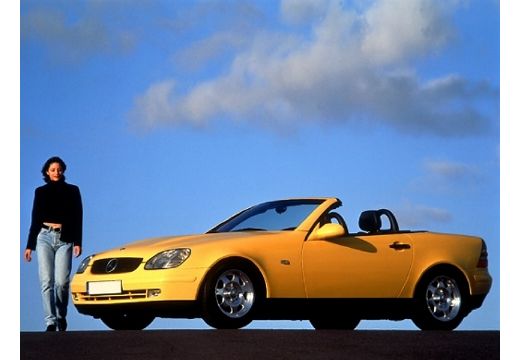

And the automatic was just all wrong for a reputed sports car. Performance was uninspiring, despite the 185 horses claimed for the engine, which also was harsh and lacking in low-end torque. kompressor in German) and an automatic transmission. That SLK 230 Kompressor contained a four-cylinder engine equipped with a supercharger (a.k.a. The first one I had back in ’98 seemed rushed into production to compete with the new flock of latter-day roadsters coming out of Germany and Japan. The first three SLK models were not quite right. And all it took was an extra-fine V-6 and a slick-shifting, six-speed transmission. But this is the first one that I can say without reservation has the equipment and performance to qualify as a bona fide sports car. This is my fourth turn in the wedgy little two-seater with the folding steel top. Mercedes-Benz’s SLK roadster has finally arrived. Clearly not an MB person, but reflects positively on the condition and the enduring style of this original SLK.Ah, at last. Recently, we drive the vehicle down to vote and was stopped by some admirers who thought the car was new.

I have used the factory touch-up paint to fill in some paint chips and the car polishes out very nicely. The color of my car is white and it still looks fantastic after all these years. Short drives of 2-3 miles with lots of starts might drop the mileage down to 22.5 or so, but this is rather unusual.

This is exacerbated if one purchases cheaper tires with a large block tread, so beware.Īs far as mileage goes, in normal commuting, I conservatively get 24.5 mpg and have achieved 28 mpg on long highway trips with the A/C off and 70-80mph cruising speeds. With the staggered tire sizes on this vehicle, rotating front to back is not an option, so the tires do acquire some pattern wear. One might think there is a problem with the rear differential, the noise is so pronounced. One thing that contributes to higher noise levels in this vehicle is when the rear tires get some miles on them. They are a bit noisy or more so than most MB's so I think they got a bad rap early on, as I recall many being for sale shortly after being purchased with very low miles many years ago. They are a little tricky to replace but can be done even without a special tool with a little patience, but the special tool is great.Įven though I have other MB's to drive, such as a CLK cabriolet, if I am running errands and such this is my "go to" car. I've replaced one plastic shift bushing and think the second one is now due, the parts cost is about $1.00. The electrical connector on the transmissions leak fluid about every 5 year/50K miles. and I'm a Euro car tech so fixed it myself. I did encounter a noisy camshaft variable timing unit which was the most expensive part I've replaced, part cost was close to $400. one could simply buy a new one, for under $100 and replace it quite easily. MAF sensor right around 70K miles, K40 Relay failed at 78K and I found and re-soldered the melted connection and it has been good ever since. I have had what seems to be pattern failures on the vehicle. I now have over 110K on it and it has been a very good car.

It is the base model and my favorite commuting car.


 0 kommentar(er)
0 kommentar(er)
